How Eating Insects Could Help the Environment
In a world grappling with environmental challenges, the idea of eating insects might seem unusual, but it’s time to embrace this sustainable practice known as entomophagy. Imagine a food source that requires far less land, water, and energy than traditional livestock farming. Sounds like a dream, right? Well, it’s a reality that could play a pivotal role in combating climate change and promoting sustainability. With the global population projected to reach nearly 10 billion by 2050, the demand for protein is skyrocketing. Insects could be the answer to our prayers, providing a nutritious and eco-friendly alternative to conventional meat sources.
Let’s dive into the environmental benefits of incorporating insects into our diets. First off, insect farming has a significantly lower carbon footprint compared to livestock farming. Livestock is responsible for a whopping 14.5% of global greenhouse gas emissions, a staggering statistic that highlights the urgent need for change. By shifting our focus to insects, we can reduce these emissions dramatically. Not to mention, insects can be raised on organic waste, contributing to a more circular economy. Imagine turning food scraps into delicious, nutritious meals!
Furthermore, insects are highly efficient in converting feed into protein. For instance, crickets require only about 1.7 kg of feed to produce 1 kg of body weight, whereas cattle need around 8 kg of feed for the same weight gain. This incredible feed conversion ratio means we can produce more protein with fewer resources, making insects a sustainable choice for our future. Not only does this practice conserve resources, but it also helps alleviate the pressure on our planet’s ecosystems.
It's essential to consider the nutritional aspect as well. Insects are packed with protein, vitamins, and minerals, making them a nutritionally dense food option. For example, mealworms contain about 50% protein by dry weight, which is comparable to traditional meats. This means that by adding insects to our diets, we not only support environmental sustainability but also enhance our nutritional intake. It’s a win-win situation!
In conclusion, embracing entomophagy could be a game-changer for the environment. By reducing greenhouse gas emissions, conserving resources, and providing a rich source of nutrition, insects can help pave the way for a more sustainable food system. So, the next time you hear about eating insects, remember that it’s not just about trying something new; it’s about making a choice that benefits our planet and future generations.
- What are the environmental benefits of eating insects?
Eating insects can significantly reduce greenhouse gas emissions, land usage, and water consumption compared to traditional livestock farming. - Are insects safe to eat?
Yes, insects are safe to eat when sourced from reputable suppliers and prepared correctly. They are a common food source in many cultures worldwide. - How do insects compare nutritionally to traditional meats?
Insects are packed with protein, healthy fats, vitamins, and minerals. For instance, crickets contain about 60% protein by dry weight, making them comparable to or even superior to traditional meats. - Can insects be farmed sustainably?
Absolutely! Insect farming requires fewer resources and can be done using organic waste, promoting a circular economy.
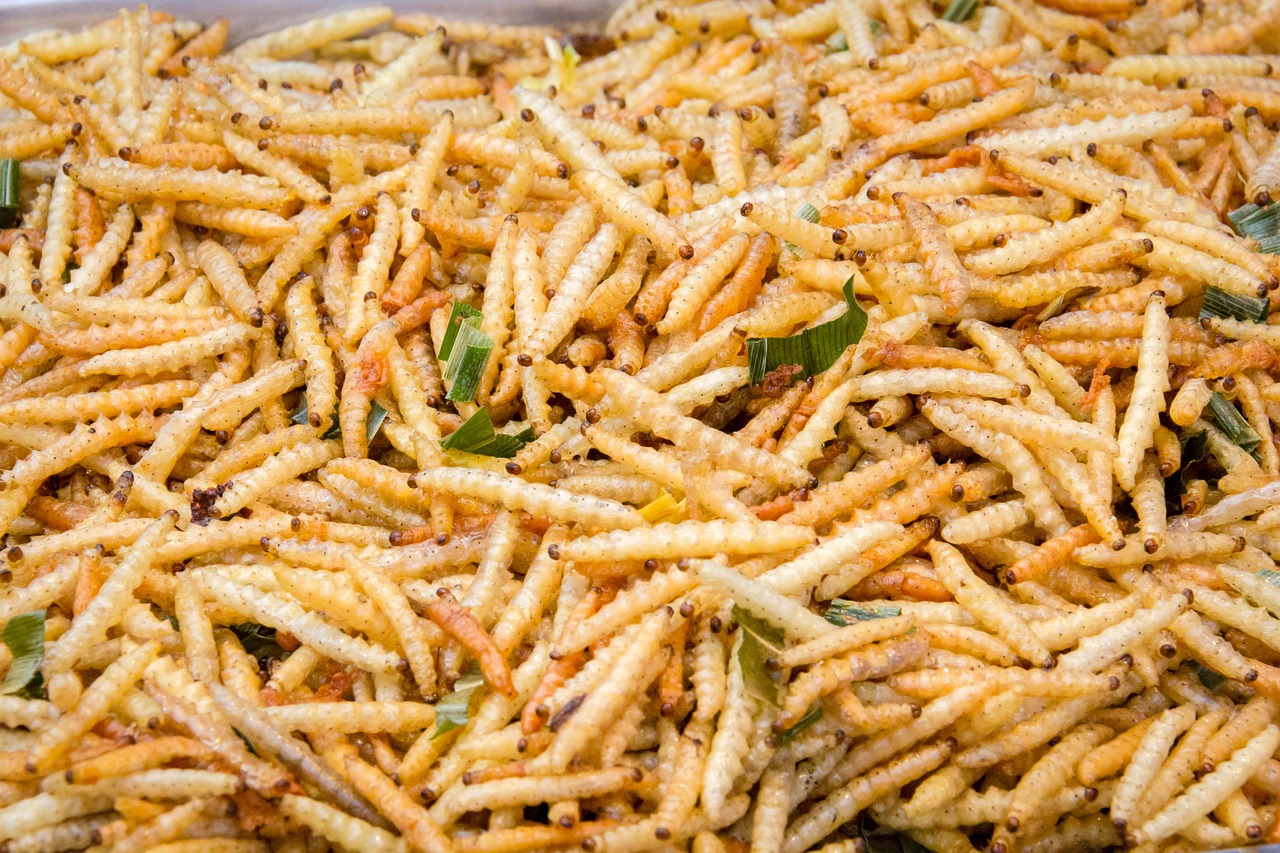
The Environmental Impact of Livestock Farming
Livestock farming has long been a cornerstone of human nutrition and agriculture, but it comes at a significant environmental cost. The impact of raising animals for food is profound, contributing to a range of ecological issues that threaten our planet. From greenhouse gas emissions to deforestation and excessive water consumption, the consequences of conventional livestock practices are alarming. Did you know that livestock farming accounts for approximately 14.5% of global greenhouse gas emissions? This staggering figure highlights the urgent need for alternative protein sources, such as insects, that can help mitigate these environmental challenges.
One of the most pressing issues is the contribution of livestock to deforestation. Vast tracts of forests are cleared to create pastureland or to grow feed crops for cattle, pigs, and chickens. This not only destroys vital habitats for countless species but also contributes to the loss of biodiversity. According to the Food and Agriculture Organization (FAO), around 80% of deforestation in the Amazon rainforest is linked to cattle ranching. As we watch our forests disappear, we must ask ourselves: is this sustainable in the long run?
Moreover, livestock farming is a major consumer of water resources. It takes an astonishing amount of water to produce meat; for instance, producing just one kilogram of beef requires approximately 15,000 liters of water. In regions where water scarcity is already a pressing issue, this demand exacerbates the problem, leading to conflicts over water rights and further environmental degradation. In contrast, insects require significantly less water to raise, making them a much more sustainable option for protein production.
The impact of livestock extends beyond just emissions and resource consumption; it also has profound implications for soil health. Overgrazing by livestock can lead to soil erosion, nutrient depletion, and desertification, making land less productive over time. This cycle of degradation threatens our ability to produce food and maintain healthy ecosystems. Insects, on the other hand, can be farmed in ways that improve soil health and promote biodiversity, offering a pathway to more sustainable agricultural practices.
In summary, the environmental impact of livestock farming is vast and multifaceted, raising critical questions about the sustainability of our current food systems. As we face the realities of climate change and resource depletion, exploring alternatives like insect consumption becomes not just an option, but a necessity. Transitioning to more sustainable food sources could help alleviate some of the pressures on our planet, paving the way for a healthier future for both people and the environment.
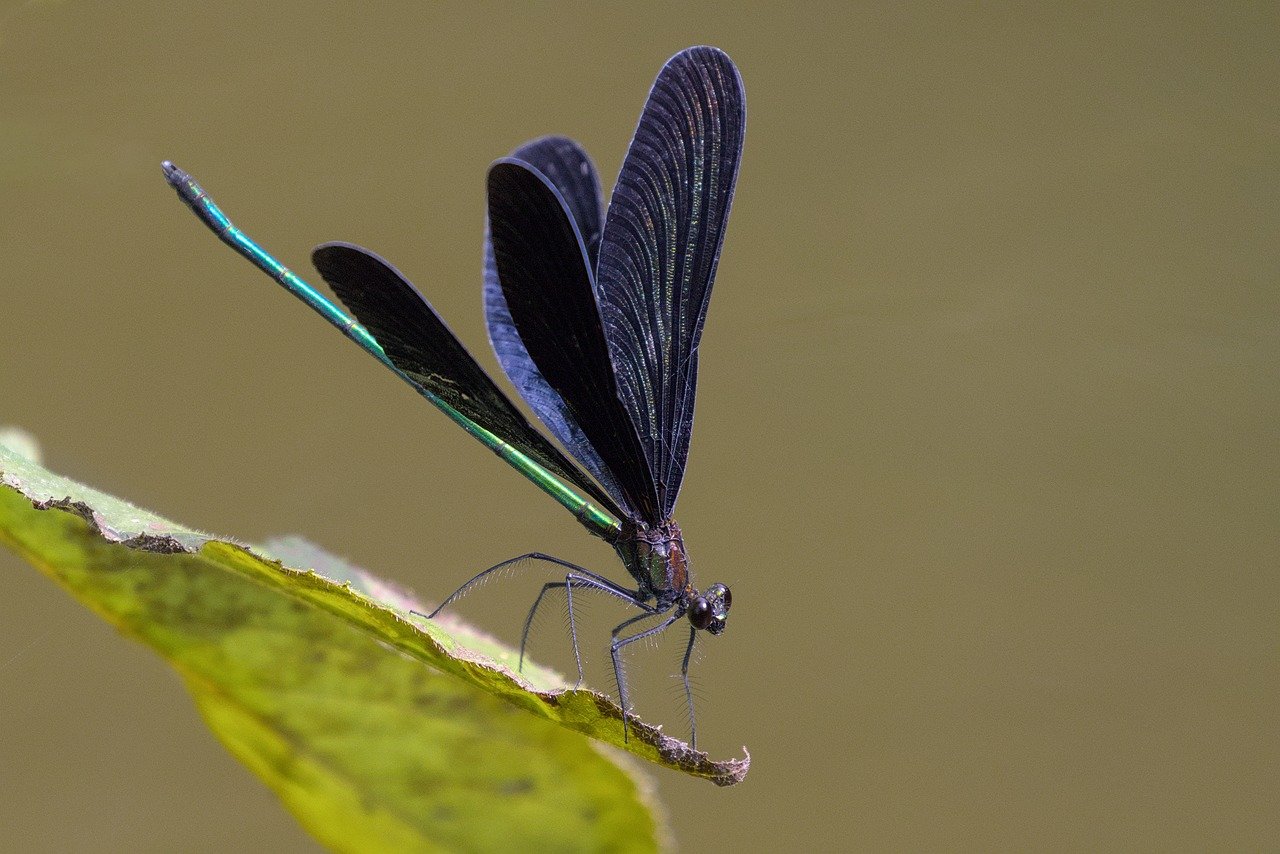
Nutritional Benefits of Insects
When it comes to nutrition, insects are a powerhouse that often flies under the radar. Packed with essential nutrients, they offer a sustainable alternative to traditional protein sources. Imagine biting into a crunchy cricket or savoring a juicy mealworm; not only are you indulging in a unique culinary experience, but you're also fueling your body with a rich array of vitamins and minerals. Insects are not just a novelty; they are a serious contender in the quest for healthy, sustainable food options.
One of the most impressive aspects of edible insects is their protein content. For instance, crickets can contain up to 70% protein by dry weight, making them comparable to beef and chicken. This high protein content is crucial for muscle repair and overall health. But that’s not all—these little critters also boast a complete amino acid profile. Essential amino acids are those that our bodies cannot produce on their own, and insects can provide these vital components effectively. For example, mealworms are rich in leucine, an amino acid that plays a key role in muscle growth.
| Insect Type | Protein Content (% by Dry Weight) | Essential Amino Acids |
|---|---|---|
| Crickets | 60-70% | High |
| Mealworms | 50-60% | Moderate |
| Grasshoppers | 50-70% | High |
But wait, there’s more! Insects are also a treasure trove of vitamins and minerals. They are rich in iron, zinc, and B vitamins, all of which are crucial for maintaining a healthy body. For instance, the high iron content in crickets can help combat anemia, while the zinc found in mealworms supports immune function. Plus, many edible insects are excellent sources of omega-3 and omega-6 fatty acids, which are essential for heart health. So, when you think of insects, think of them as nature's multivitamin!
Another aspect worth mentioning is the dietary fiber that insects provide. While we often associate fiber with fruits and vegetables, insects like crickets are also a good source. Fiber is essential for digestive health and can help maintain a healthy weight. Furthermore, the healthy fats found in certain insects contribute to overall well-being. These fats can help reduce inflammation and promote brain health, making insects a well-rounded addition to our diets.
In conclusion, the nutritional benefits of consuming insects are vast and varied. They offer a sustainable source of protein, essential amino acids, vitamins, minerals, dietary fiber, and healthy fats. As we look for innovative solutions to our food challenges, incorporating insects into our diets could be a game-changer. So, why not give it a try? You might just discover a new favorite snack that’s not only good for you but also good for the planet!
- Are insects safe to eat? Yes, when sourced from reputable suppliers, insects are safe to consume and can be a healthy addition to your diet.
- How do insects compare to traditional meats nutritionally? Insects often contain similar or higher levels of protein, essential amino acids, vitamins, and minerals compared to traditional meats.
- What are some common edible insects? Common edible insects include crickets, mealworms, grasshoppers, and ants.
- How can I incorporate insects into my diet? You can try insect protein powders, snacks like cricket chips, or even use them in recipes like stir-fries and salads.
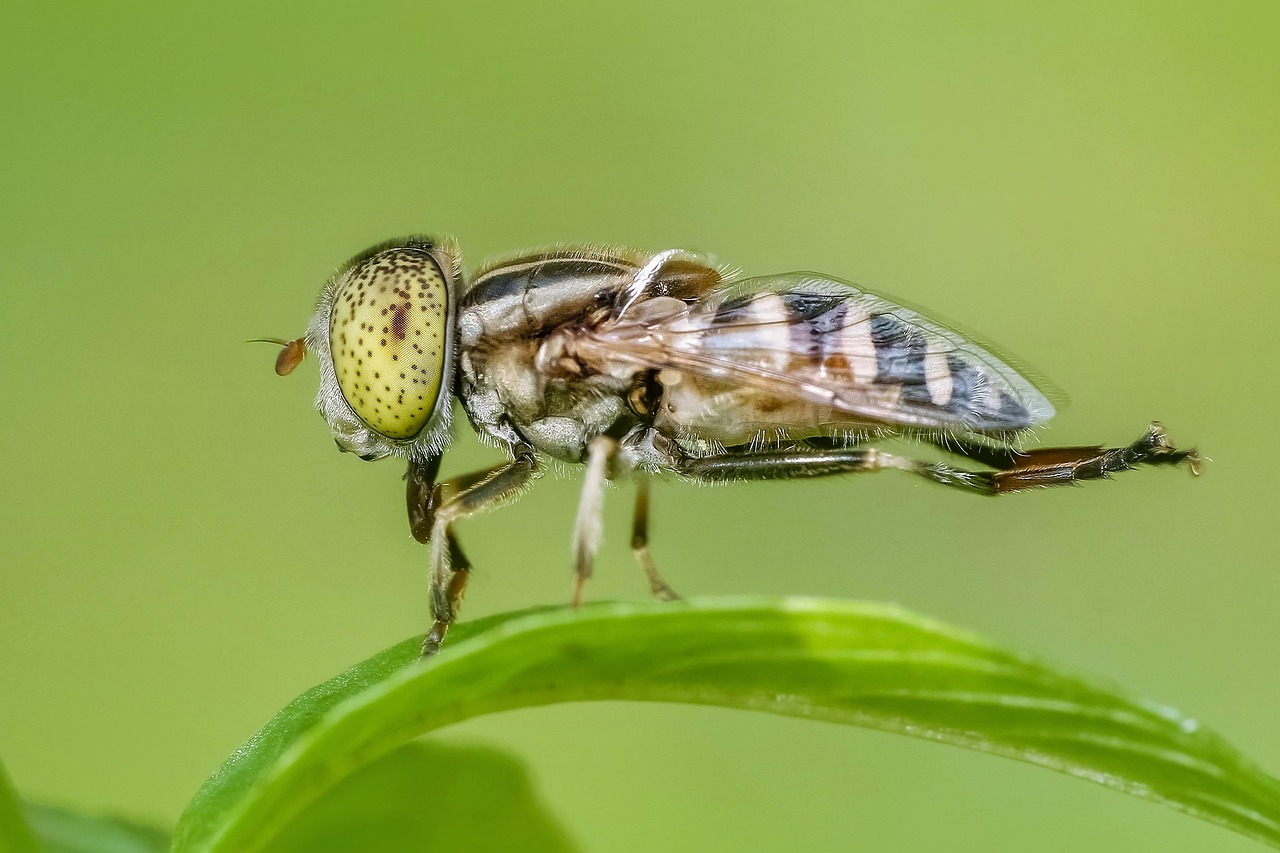
Protein Content Compared to Traditional Meats
When it comes to protein, many of us immediately think of traditional sources such as chicken, beef, and fish. However, insects are emerging as a surprisingly potent alternative that can rival or even surpass these conventional meats in terms of protein content. For instance, crickets, one of the most commonly consumed insects, can contain up to 70% protein by dry weight. This is a staggering amount when you consider that chicken breast typically contains about 31% protein. Not only do insects provide a comparable protein punch, but they also offer a variety of other beneficial nutrients that make them a superfood in their own right.
To put this into perspective, let's look at a comparison of protein content in various edible insects versus traditional meats:
| Food Source | Protein Content (per 100g) |
|---|---|
| Crickets | 60-70g |
| Mealworms | 50-60g |
| Chicken Breast | 31g |
| Beef (lean) | 26g |
| Fish (salmon) | 25g |
This table illustrates that not only do insects provide a high protein content, but they can also be more efficient in converting feed into protein. Insects have a remarkable feed conversion ratio, meaning they require significantly less feed to produce the same amount of protein compared to livestock. For example, crickets need about 1.7 kg of feed to produce 1 kg of body weight, while cattle require approximately 8 kg of feed for the same amount of meat. This efficiency is crucial as we look for sustainable ways to feed a growing global population.
Moreover, the protein found in insects is often of high quality, containing all the essential amino acids that our bodies need. This makes insects not just a source of protein, but a complete protein source, similar to meat, eggs, and dairy. This is particularly important for those who may be looking for alternatives to traditional animal proteins due to dietary restrictions or ethical concerns.
In summary, the protein content of insects is not only comparable to traditional meats but can also offer additional benefits such as sustainability and resource efficiency. As we continue to explore innovative food sources, insects could play a pivotal role in our diets, providing high-quality nutrition while minimizing environmental impact.
- Are insects safe to eat? Yes, insects are safe to eat when sourced from reputable suppliers and prepared properly.
- How do insects taste? The taste can vary widely depending on the species and preparation method, but many describe them as nutty or earthy.
- Can I farm insects at home? Yes, many people are starting to raise insects at home for personal consumption.
- Are there any dietary restrictions? Individuals with shellfish allergies may also be allergic to certain insects, so caution is advised.
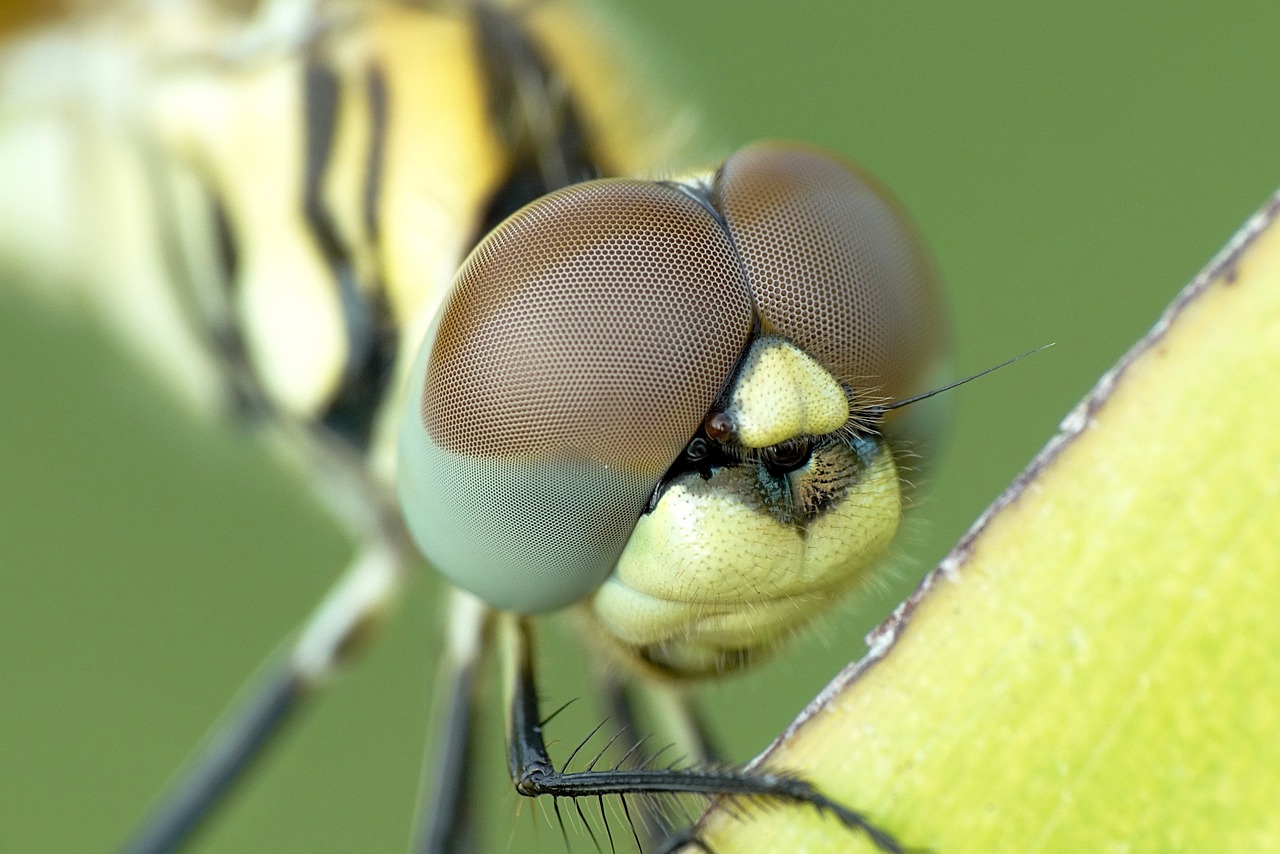
Essential Amino Acids
When it comes to nutrition, not all proteins are created equal. Some proteins are considered complete because they provide all the essential amino acids our bodies cannot produce on their own. These essential amino acids are crucial for various bodily functions, including muscle repair, hormone production, and immune function. Interestingly, edible insects are not just a novelty food; they can actually be a fantastic source of these essential building blocks.
Insects like crickets, mealworms, and grasshoppers boast impressive amino acid profiles that can rival traditional protein sources such as beef, chicken, and fish. For instance, crickets contain a significant amount of lysine, an essential amino acid that is often lacking in plant-based diets. This makes insects a particularly attractive option for vegetarians and vegans looking to diversify their protein sources.
To give you a clearer picture, here's a comparison of the amino acid profiles of some common edible insects:
| Insect Type | Protein Content (per 100g) | Essential Amino Acids |
|---|---|---|
| Crickets | 60g | High in lysine, methionine, and threonine |
| Mealworms | 50g | Rich in leucine and isoleucine |
| Grasshoppers | 40g | Contains all nine essential amino acids |
This table highlights that not only do insects provide a high protein content, but they also supply a diverse range of essential amino acids. This is particularly important for those who may struggle to meet their protein requirements through traditional sources. Insects can serve as a nutritional powerhouse, offering a sustainable and environmentally friendly alternative to conventional meat.
In conclusion, incorporating insects into our diets can help ensure we receive the essential amino acids necessary for optimal health. As we continue to explore sustainable food sources, the nutritional benefits of insects become increasingly clear. So, why not consider adding a few crickets or mealworms to your next meal? It might just be the protein boost your body has been craving!
- Are insects safe to eat? Yes, when sourced from reputable suppliers, insects are safe to eat and can be a nutritious addition to your diet.
- How do insects compare to traditional meats in terms of taste? Many people describe insects as having a nutty or earthy flavor, and they can be prepared in various ways to suit different palates.
- Can I farm insects at home? Absolutely! Many people are starting to raise insects like mealworms and crickets at home for personal consumption.
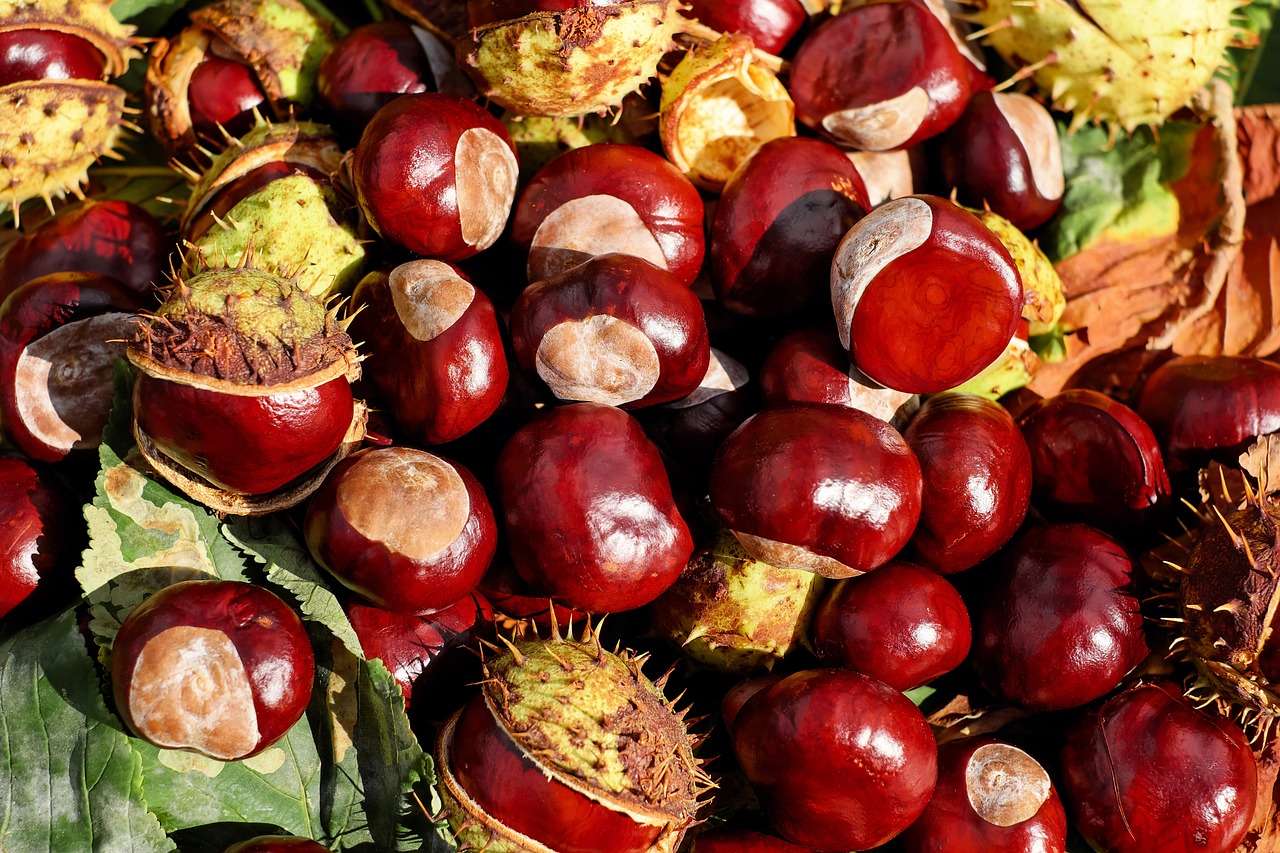
Vitamins and Minerals in Edible Insects
When it comes to nutrition, edible insects are like nature's little powerhouses. They are not just a source of protein; they are also packed with a variety of essential vitamins and minerals that our bodies crave. Think of them as tiny nutritional bombs, ready to explode with health benefits! For instance, many species of edible insects offer high levels of iron, zinc, and various B vitamins. These nutrients play crucial roles in maintaining our overall health.
Let's break it down a bit further. Iron is essential for transporting oxygen in the blood, while zinc supports our immune system and helps with wound healing. B vitamins, on the other hand, are vital for energy production and brain function. Insects like crickets and mealworms have been shown to contain significant amounts of these nutrients. For example, a 100-gram serving of crickets can provide:
| Nutrient | Amount per 100g |
|---|---|
| Iron | 4.2 mg |
| Zinc | 2.0 mg |
| Vitamin B12 | 0.5 µg |
| Vitamin B2 (Riboflavin) | 0.2 mg |
What’s even more fascinating is that different types of insects offer varying nutrient profiles. For instance, grasshoppers are known for their high calcium content, which is essential for bone health, while mealworms are rich in healthy fats and can be a great source of energy. This diversity means that by incorporating a variety of insects into our diets, we can achieve a well-rounded intake of essential nutrients.
Moreover, the bioavailability of these nutrients in insects can be higher than in some traditional food sources. This means our bodies can absorb and utilize the nutrients more efficiently. In a world where many people struggle to meet their nutritional needs, edible insects can offer a sustainable and healthful solution.
In summary, integrating insects into our diets not only presents an opportunity for a sustainable protein source but also enriches our nutrition with vital vitamins and minerals. So, the next time you hear about someone munching on crickets or mealworms, remember—it's not just a quirky food choice; it's a step towards better health and a more sustainable planet!
- Are edible insects safe to eat? Yes, when sourced from reputable suppliers and prepared properly, edible insects are safe and nutritious.
- How do insects compare to traditional meats? Insects often have a higher protein content and require less land and water to produce than traditional livestock.
- Can I raise insects at home? Absolutely! Many people are starting small-scale insect farms at home for personal consumption.
- What are some common edible insects? Common edible insects include crickets, mealworms, grasshoppers, and ants.

Dietary Fiber and Healthy Fats
When we think about healthy eating, the focus often falls on protein, vitamins, and minerals. However, we mustn't overlook the importance of dietary fiber and healthy fats. Surprisingly, insects can be a fantastic source of both! Incorporating insects into our diets not only boosts our protein intake but also enriches our meals with essential nutrients that promote overall health.
Dietary fiber is crucial for maintaining a healthy digestive system. It helps regulate our bowel movements, prevents constipation, and can even aid in weight management by making us feel fuller for longer. Insects, such as crickets and mealworms, contain a significant amount of fiber, particularly in their exoskeletons, which are made of chitin. This natural fiber can help support gut health and may even benefit our microbiome, the community of bacteria that resides in our intestines.
Now, let’s talk about healthy fats. Not all fats are created equal; some are essential for our body’s functions. Insects provide a good balance of healthy fats, including omega-3 and omega-6 fatty acids. These fats are vital for brain health, reducing inflammation, and supporting heart health. By incorporating insects into our meals, we can enjoy these beneficial fats without the downsides associated with some traditional sources of fat, like processed oils or fatty cuts of meat.
To illustrate the nutritional benefits further, consider the following table that compares the fiber and fat content in some common edible insects:
| Insect Type | Dietary Fiber (per 100g) | Healthy Fats (per 100g) |
|---|---|---|
| Crickets | 5g | 20g |
| Mealworms | 6g | 15g |
| Grasshoppers | 3g | 10g |
As we can see, insects not only provide a good source of protein but also contribute to our dietary fiber and healthy fat intake. This makes them a well-rounded food option that can easily fit into a balanced diet. So, the next time you're looking for a nutritious snack or meal, consider reaching for some crunchy crickets or savory mealworms. They might just be the superfood you didn’t know you needed!
- Are insects safe to eat? Yes, when sourced from reputable suppliers, insects are safe to eat and are consumed by millions of people worldwide.
- How do insects compare to traditional protein sources? Insects offer a comparable, if not superior, protein content along with additional health benefits like fiber and healthy fats.
- Can I farm insects at home? Yes, many people are successfully raising insects at home for personal consumption, making it a sustainable food source.
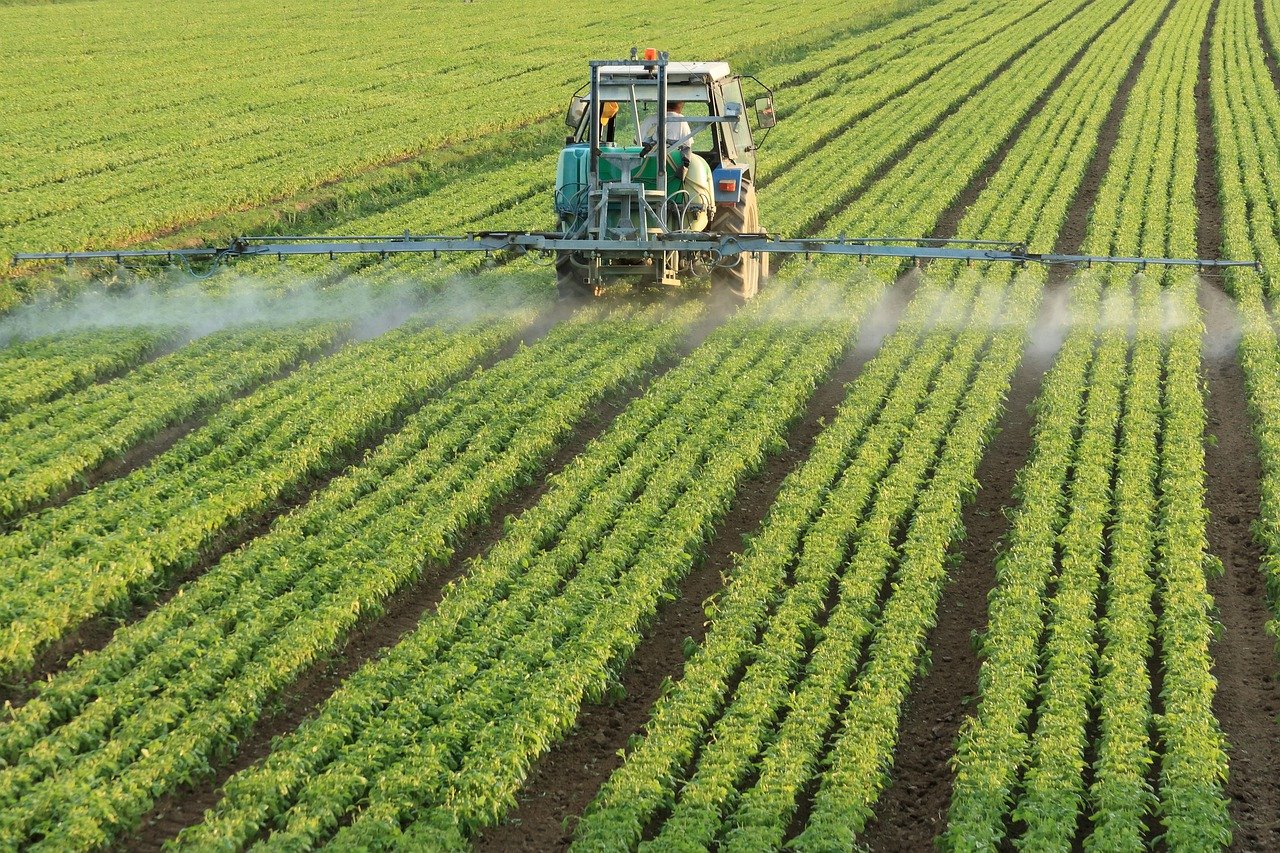
Sustainability and Resource Efficiency
When we talk about sustainability in food production, the conversation often leads to alternatives that can alleviate the pressure on our planet's resources. Insect farming stands out as a beacon of hope in this regard. Unlike traditional livestock, which requires vast amounts of land, water, and feed, insects are remarkably efficient. They can be raised in compact spaces, consuming significantly less water and feed while yielding more protein. This efficiency is not just a minor detail; it's a game changer for our food systems.
To put this into perspective, consider the following comparison between traditional livestock and insects:
| Resource | Cattle | Insects |
|---|---|---|
| Land (per kg of protein) | 100 m² | 10 m² |
| Water (per kg of protein) | 15,000 liters | 2,000 liters |
| Feed Conversion Ratio | 8:1 | 1.7:1 |
This table illustrates just how much more resource-efficient insects can be. For every kilogram of protein produced, insects require far less land and water compared to cattle. The Feed Conversion Ratio (FCR) is particularly telling; insects convert feed into protein with remarkable efficiency. This means we can produce more food with fewer resources, which is vital as the global population continues to grow.
Moreover, the environmental benefits extend beyond just resource usage. Insect farming can also play a crucial role in reducing greenhouse gas emissions. Traditional livestock farming is a significant contributor to methane emissions, a potent greenhouse gas. In contrast, insects produce negligible amounts of these emissions, making them a more environmentally friendly protein source.
In summary, the potential of insect farming to enhance sustainability and resource efficiency is immense. By shifting our focus toward these tiny powerhouses, we can create a more sustainable food system that meets the needs of our growing population without further depleting our planet's precious resources. Embracing insects as a food source could well be one of the most impactful decisions we make for the future of our environment.
- What types of insects are commonly consumed? Crickets, mealworms, and grasshoppers are among the most popular edible insects.
- Are insects safe to eat? Yes, when sourced from reputable suppliers, insects are safe and nutritious to eat.
- How can I incorporate insects into my diet? Insects can be consumed whole, as snacks, or ground into flour for baking.
- What are the environmental benefits of eating insects? Insects require fewer resources to farm and produce less greenhouse gas emissions compared to traditional livestock.
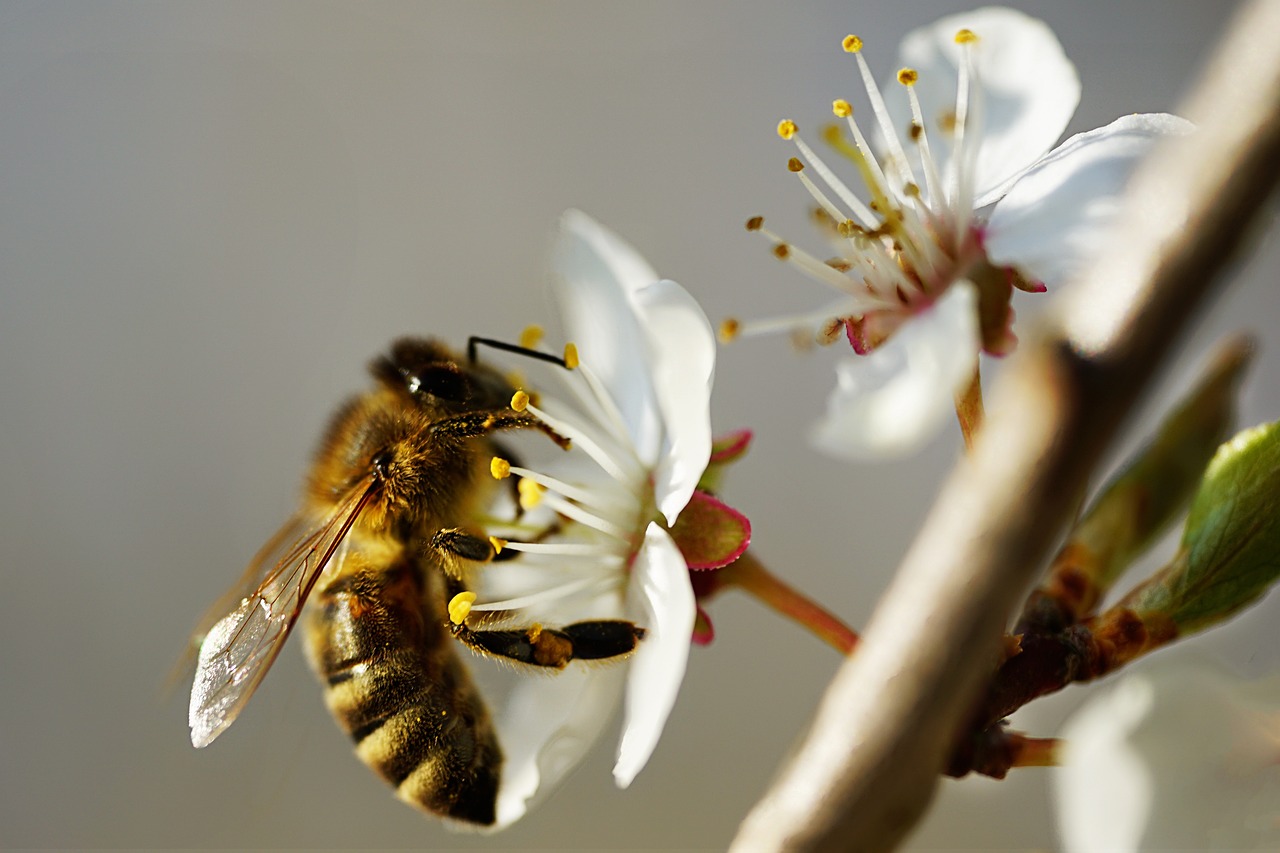
Land and Water Usage
When we think about the resources required to produce our food, it's staggering to consider just how much land and water traditional livestock farming consumes. In fact, livestock farming is responsible for a significant portion of global deforestation and water depletion. In contrast, insect farming emerges as a beacon of hope for sustainable food production. Research shows that insects require substantially less land and water to produce the same amount of protein as traditional livestock. For instance, raising cattle can demand up to 15,000 liters of water for just one kilogram of beef, while crickets, on the other hand, need only about 1,500 liters for the same amount of protein. That's a staggering difference!
To put it into perspective, consider this table showcasing the resource requirements for various protein sources:
| Protein Source | Water Usage (liters/kg) | Land Usage (m²/kg) |
|---|---|---|
| Cattle | 15,000 | 200 |
| Pork | 6,000 | 100 |
| Chicken | 4,000 | 50 |
| Crickets | 1,500 | 15 |
This table clearly illustrates that insect farming is not just a marginal improvement; it represents a revolution in how we can think about food production. Insects not only require less water but also occupy significantly less land, making them a highly efficient source of protein. Additionally, the ability to farm insects vertically means that they can be raised in urban environments, further reducing the need for extensive land use and transportation.
Moreover, insects are incredibly adaptable and can thrive in a variety of conditions, which means they can be farmed in places where traditional livestock farming may not be feasible. This adaptability not only helps in maximizing resource use but also plays a crucial role in mitigating the environmental impact of food production. As we continue to face the challenges of climate change and resource scarcity, embracing insect farming could be a game-changer for our food systems.
In summary, the land and water efficiency of insect farming presents a compelling case for its adoption as a viable protein source. By shifting our focus to insects, we can significantly reduce our environmental footprint while still meeting the protein demands of an ever-growing global population.
- What are the environmental benefits of eating insects? Eating insects can drastically reduce greenhouse gas emissions, land use, and water consumption compared to traditional livestock farming.
- Are insects safe to eat? Yes, insects are safe to eat and are consumed by billions of people worldwide. Proper farming and safety standards ensure their quality and safety.
- How do insects compare nutritionally to traditional meats? Insects are rich in protein, vitamins, and minerals, often providing comparable or superior nutritional profiles compared to conventional meats.
- Can insect farming help reduce food waste? Absolutely! Insects can be fed organic waste and agricultural byproducts, effectively converting waste into high-quality protein.

Feed Conversion Ratios
The concept of (FCR) is essential in understanding the efficiency of protein production in livestock and insects. Simply put, FCR measures how much feed is required to produce a certain amount of meat. In the context of insect farming, this ratio is remarkably favorable compared to traditional livestock. For instance, while cattle typically require about 8 kg of feed to produce 1 kg of beef, insects can achieve a feed conversion ratio as low as 1.7:1, depending on the species.
This efficiency is not merely a statistic; it translates into significant environmental benefits. By utilizing far less feed, insects can help alleviate the pressure on global feed resources, which are often linked to deforestation and land degradation. Insects are biologically designed to convert feed into protein more efficiently, thanks to their unique digestive systems and metabolic processes. This means that for every kilogram of feed, insects can yield a higher protein output than traditional meat sources, making them a more sustainable option.
To illustrate this point, let's take a look at a comparison of feed conversion ratios for various protein sources:
| Protein Source | Feed Conversion Ratio (FCR) |
|---|---|
| Cattle | 8:1 |
| Pigs | 3:1 |
| Chickens | 2:1 |
| Mealworms | 1.7:1 |
This table clearly demonstrates the stark contrast in feed efficiency between traditional livestock and insects. Not only does this lower FCR contribute to a more sustainable food system, but it also means that insect farming can be a viable solution to meet the growing global protein demand without exacerbating environmental issues.
Moreover, the ability of insects to thrive on organic waste adds another layer of sustainability to their production. By converting agricultural byproducts and food waste into high-quality protein, insects can play a crucial role in a circular economy, where waste is minimized, and resources are utilized to their fullest potential.
In conclusion, the favorable feed conversion ratios of insects present a compelling case for their inclusion in our diets. As we seek to address the challenges of food security and environmental sustainability, embracing insects as a protein source could be a game-changer in how we think about food production.
- What are feed conversion ratios, and why are they important? Feed conversion ratios measure the efficiency of converting feed into protein. They are important for assessing the sustainability and environmental impact of different protein sources.
- How do insects compare to traditional livestock in terms of feed efficiency? Insects generally have much lower feed conversion ratios than traditional livestock, making them a more efficient source of protein.
- Can insects be raised on organic waste? Yes, many insects can be fed organic waste, which helps reduce food waste and contributes to a more sustainable food system.
- What are the environmental benefits of eating insects? Eating insects can reduce greenhouse gas emissions, land use, and water consumption compared to traditional livestock farming.
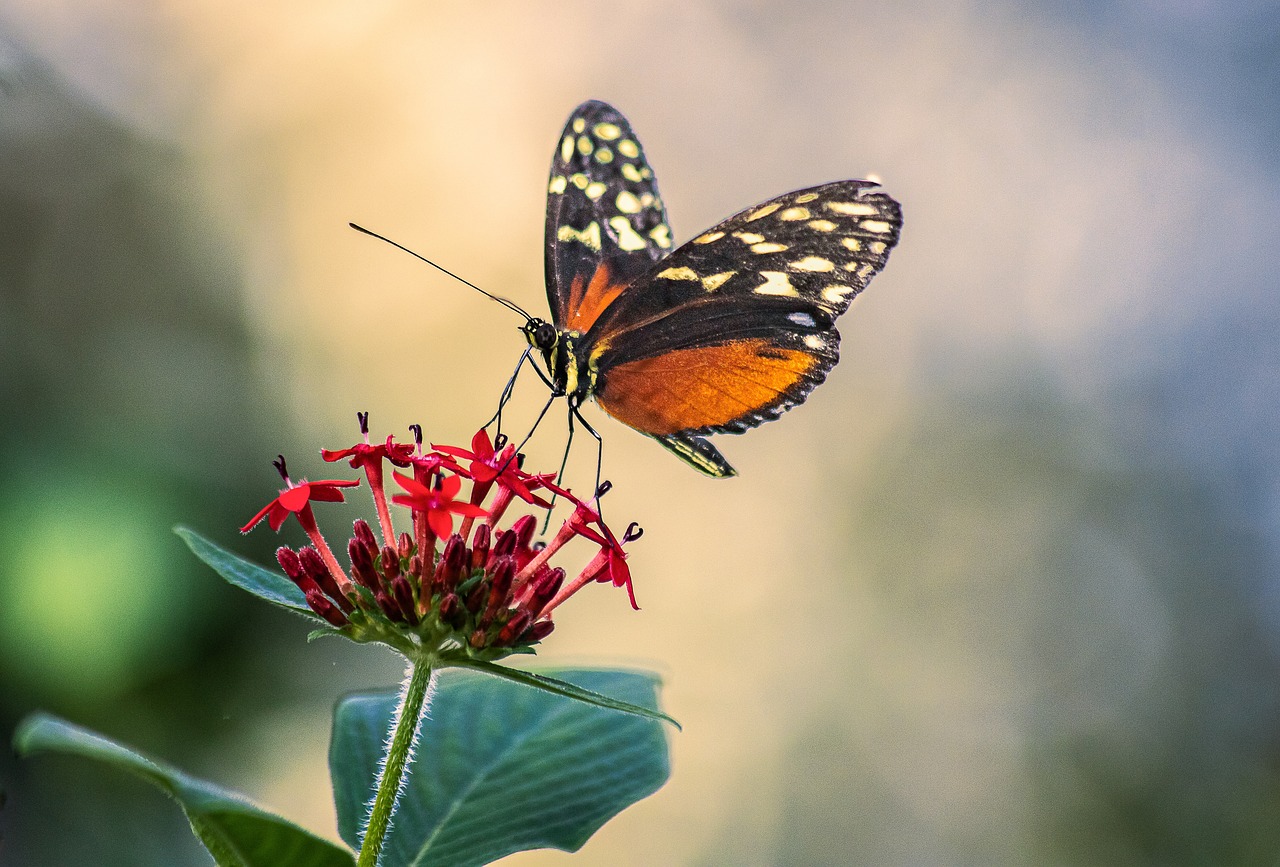
Reducing Food Waste Through Insect Farming
In a world where food waste is a staggering issue, with approximately one-third of all food produced going to waste, insect farming emerges as a beacon of hope. Imagine turning what would be discarded into a valuable source of nutrition! By utilizing organic waste, insects can be transformed into high-quality protein, effectively reducing the burden on landfills and contributing to a more sustainable food system. This process not only mitigates waste but also provides a solution to the growing demand for alternative protein sources.
Insects are nature's recyclers, capable of consuming a variety of organic materials that humans typically deem unfit for consumption. This includes food scraps, agricultural byproducts, and even certain types of organic waste that would otherwise contribute to greenhouse gas emissions if left to decompose. By feeding these waste materials to insects, we can create a closed-loop system that not only reduces waste but also produces nutritious food. For instance, black soldier fly larvae are known for their ability to thrive on food waste, converting it into protein that can be used in animal feed or even as a direct food source for humans.
Moreover, the integration of insect farming into our waste management systems can significantly enhance resource efficiency. Insects require far less space and resources compared to traditional livestock. For example, while it takes about 8-10 kg of feed to produce 1 kg of beef, insects can convert feed into protein at a much higher efficiency. The feed conversion ratio for insects can be as low as 1.5 kg of feed to produce 1 kg of insect protein, making it a highly efficient method of protein production. This efficiency not only helps in reducing food waste but also in lowering the overall environmental footprint of our food systems.
To illustrate the potential of insect farming in reducing food waste, consider the following table that compares the feed conversion ratios of various protein sources:
| Protein Source | Feed Conversion Ratio (kg feed to kg protein) |
|---|---|
| Beef | 8-10 |
| Pork | 3-4 |
| Chicken | 2-3 |
| Insects (e.g., crickets) | 1.5 |
As we look towards the future, urban environments also stand to benefit greatly from insect farming. With the increasing population and the challenge of food sustainability in cities, integrating insect farms into urban settings can provide fresh, local protein sources while simultaneously reducing food waste. Picture a rooftop farm in a bustling city where food scraps from restaurants are transformed into nutritious insect protein, creating a circular economy right in the heart of urban life. This not only promotes local food production but also fosters community engagement and awareness about sustainable practices.
In conclusion, by embracing insect farming, we can tackle the dual challenges of food waste and protein scarcity. The potential for insects to convert organic waste into valuable nutrition is not just a dream; it is a practical solution that can lead us towards a more sustainable future. So, the next time you think about food waste, consider the tiny creatures that could be turning it into something extraordinary.
- What types of waste can be fed to insects? Insects can consume a variety of organic waste, including fruit and vegetable scraps, grains, and even some types of animal byproducts.
- Are insects safe to eat? Yes, insects that are farmed specifically for human consumption are raised under strict safety and hygiene standards.
- How does insect farming compare to traditional farming? Insect farming is generally more resource-efficient, requiring less land, water, and feed compared to traditional livestock farming.
- Can insect farming help with food security? Absolutely! By providing an alternative protein source and reducing food waste, insect farming can play a crucial role in enhancing food security.

Utilizing Agricultural Byproducts
One of the most exciting aspects of insect farming is its ability to utilize agricultural byproducts that would otherwise go to waste. Imagine a world where food scraps, crop residues, and other organic waste are not just discarded but transformed into valuable protein sources. This is precisely what insect farming offers, creating a circular economy that benefits both the environment and food production systems.
Insects, such as mealworms and black soldier flies, thrive on a variety of organic materials, including leftover fruits and vegetables, grain husks, and even food waste from households and restaurants. By feeding these byproducts to insects, we can significantly reduce the volume of waste that ends up in landfills, which is a major contributor to greenhouse gas emissions. Not only does this practice mitigate waste, but it also produces high-quality protein that can be used for animal feed or even human consumption.
To illustrate the potential of utilizing agricultural byproducts in insect farming, consider the following table that outlines common agricultural waste products and their potential as insect feed:
| Agricultural Byproduct | Insect Species | Potential Uses |
|---|---|---|
| Fruit and Vegetable Scraps | Black Soldier Fly | Animal Feed, Organic Fertilizer |
| Grain Husks | Mealworms | Animal Feed, Protein Supplements |
| Spent Brewery Grain | Crickets | Human Food Products, Animal Feed |
This innovative approach not only helps in waste reduction but also enhances resource efficiency in food production. By integrating insect farming into existing agricultural practices, farmers can create a synergistic relationship where both crops and insects thrive. For instance, after harvesting crops, the leftover materials can be repurposed as feed for insects, which in turn can provide nutrients back to the soil through their waste, enriching the land for future planting.
Moreover, urban areas are uniquely positioned to benefit from this practice. With the increasing trend of urban farming, cities can implement insect farming initiatives that utilize local agricultural byproducts, thus promoting sustainability and reducing the carbon footprint associated with transporting feed. This creates a win-win situation where urban dwellers can access fresh, locally produced protein while contributing to a more sustainable food system.
In conclusion, utilizing agricultural byproducts in insect farming not only addresses the pressing issue of food waste but also paves the way for a sustainable future. By embracing this practice, we can turn what was once considered waste into a valuable resource, ultimately leading to a healthier planet and a more resilient food system.
- What types of agricultural byproducts can be used for insect farming?
Common byproducts include fruit and vegetable scraps, grain husks, and spent brewery grains.
- How does insect farming help reduce food waste?
Insects can be fed organic waste, transforming it into high-quality protein instead of letting it decompose in landfills.
- Can insects be fed human food waste?
Yes, insects can consume certain types of human food waste, making them an effective solution for reducing overall food waste.
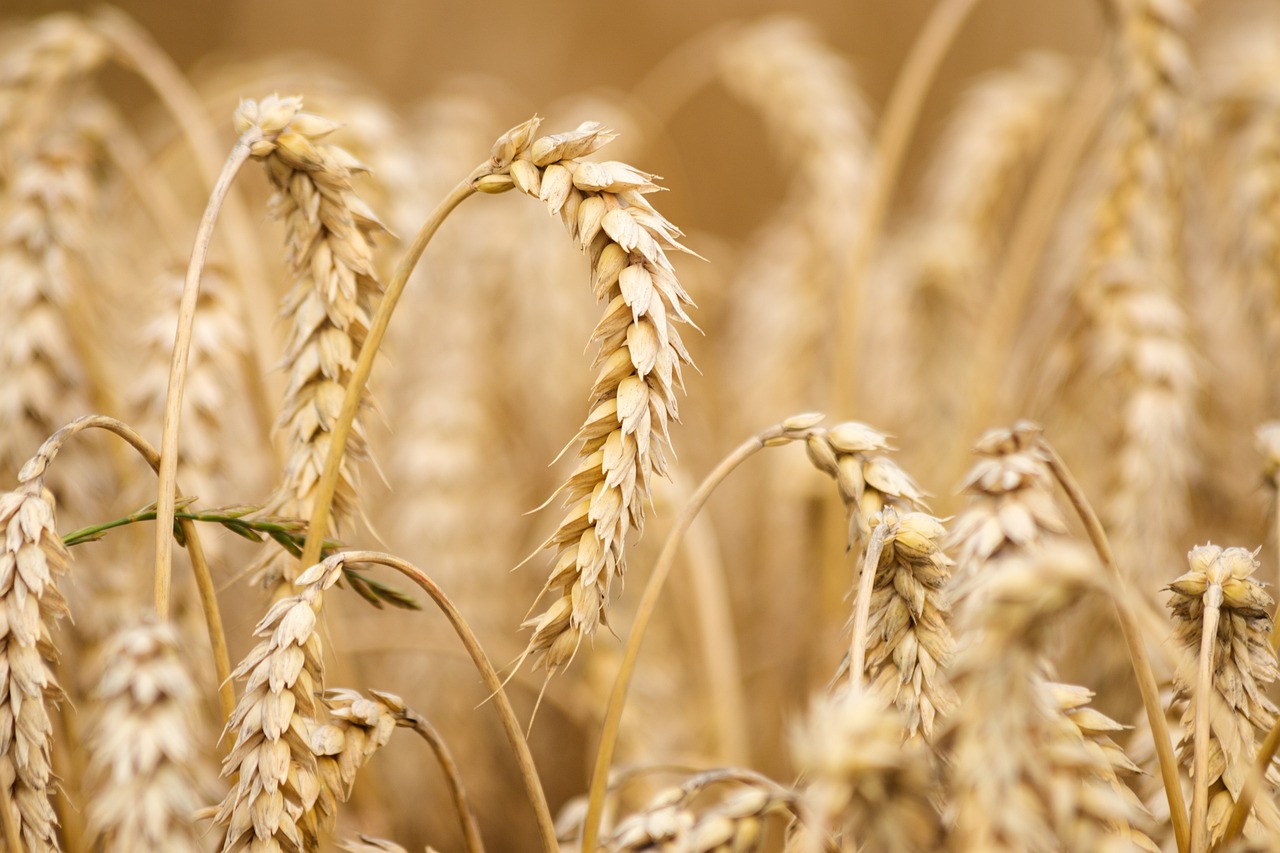
Urban Farming and Insect Production
Urban farming is rapidly gaining traction as a sustainable solution to food production in cities. One of the most exciting aspects of this movement is the potential for insect farming. Imagine transforming your backyard or even a small rooftop into a thriving ecosystem that not only provides fresh food but also contributes to environmental sustainability. Insects, being incredibly efficient at converting feed into protein, can be cultivated in compact spaces, making them ideal for urban settings.
In cities where space is limited, the concept of vertical farming can be applied to insect production. By stacking insect rearing containers, urban dwellers can maximize their output without requiring large plots of land. This method not only saves space but also reduces transportation emissions, as the food is produced right where it is consumed. Urban insect farms can serve local restaurants, markets, and households, creating a fresh, sustainable food source that cuts down on the carbon footprint associated with traditional agriculture.
Moreover, urban insect farming can be integrated with existing waste management systems. Cities produce vast amounts of organic waste, much of which could serve as feed for insects. By utilizing this waste, urban farms can turn potential landfill material into valuable protein. This practice promotes a circular economy, where waste is minimized and resources are reused effectively. For example, food scraps from restaurants can be fed to insects, which in turn can be harvested and sold back to those same establishments. It's a win-win scenario that not only addresses food security but also tackles the issue of waste management.
However, while the benefits of urban insect farming are clear, there are challenges to overcome. Public perception remains a significant barrier. Many people still find the idea of eating insects unappealing, which can hinder the growth of this industry. Education and outreach efforts are crucial to changing these perceptions. Workshops, cooking classes, and taste-testing events can help introduce the concept of entomophagy to urban populations, making it more relatable and acceptable.
Additionally, regulatory frameworks need to be established to ensure that urban insect farms operate safely and sustainably. Local governments can play a pivotal role in this by developing guidelines that support insect farming while addressing health and safety concerns. This regulatory support can pave the way for a new wave of urban agriculture that includes insects as a primary food source.
In summary, urban farming and insect production represent a promising avenue for sustainable food systems in cities. By leveraging the unique advantages of insects, we can create local food sources that are not only nutritious but also environmentally friendly. The future of food in urban areas could very well involve a healthy dose of insects, transforming how we think about our diets and the world around us.
Q: What are the benefits of urban insect farming?
A: Urban insect farming offers several benefits, including efficient use of space, reduced transportation emissions, and the ability to recycle organic waste into high-quality protein.
Q: How can I get started with insect farming in my home?
A: Starting an insect farm at home can be as simple as setting up a small container with the right environment for breeding insects like mealworms or crickets. There are many resources available online to guide you through the process.
Q: Are insects safe to eat?
A: Yes, insects are safe to eat when sourced from reputable farms that adhere to safety regulations. They are a rich source of protein and other nutrients.
Q: How can urban insect farming help reduce food waste?
A: Urban insect farms can utilize organic waste from local restaurants and households as feed, effectively turning waste into valuable protein and reducing landfill contributions.
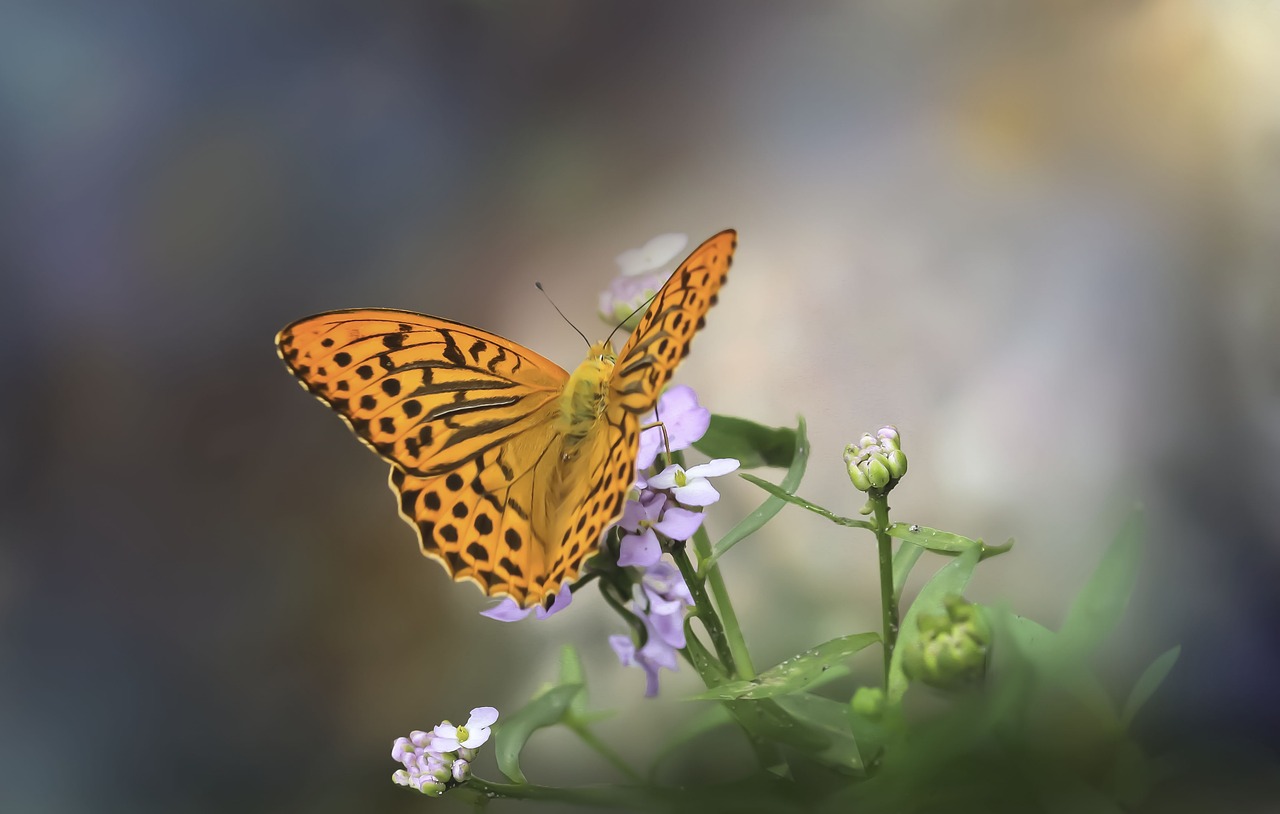
Cultural Acceptance and Challenges
When it comes to entomophagy, or the practice of eating insects, cultural acceptance plays a pivotal role in determining how widely this practice can spread. In many parts of the world, especially in regions like Southeast Asia, Africa, and Latin America, insects are a traditional source of nutrition. They are not only accepted but are often celebrated for their taste and nutritional benefits. However, in Western cultures, the idea of consuming insects can evoke feelings of disgust or apprehension. This cultural barrier poses a significant challenge to the widespread adoption of insects as a sustainable protein source.
One of the primary reasons for this hesitance is the lack of familiarity. Most people in Western countries have been raised with a clear divide between what is considered food and what is not. Insects, often viewed through a lens of fear and discomfort, are typically categorized as pests rather than a viable food source. This perception can be difficult to change, even when the benefits of eating insects are clearly outlined. To shift these consumer perceptions, education and exposure are crucial. Initiatives that promote insect-based foods, such as cooking demonstrations, tastings, and informative campaigns, can help people see insects in a new light.
Moreover, regulatory and safety concerns also pose challenges. In many countries, there are strict food safety regulations that do not yet encompass insect farming and consumption. This lack of regulatory framework can make it difficult for entrepreneurs to enter the market and for consumers to trust the safety of insect-based products. The establishment of clear guidelines and standards will be essential in fostering consumer confidence. For example, the European Food Safety Authority (EFSA) has begun to outline regulations for edible insects, which could pave the way for increased acceptance in European markets.
Despite these challenges, there are promising signs of change. As sustainability becomes a more pressing global issue, many consumers are beginning to reconsider their dietary choices. The environmental benefits of insect consumption, such as lower greenhouse gas emissions and reduced resource use, resonate with the growing eco-conscious consumer base. Furthermore, innovative chefs and food companies are creatively incorporating insects into familiar products, such as protein bars and snacks, making them more approachable for the average consumer.
In conclusion, while cultural acceptance remains a hurdle for the widespread adoption of entomophagy, it is not insurmountable. By addressing consumer perceptions through education, establishing regulatory frameworks, and showcasing the environmental benefits of eating insects, we can work towards a future where insects are embraced as a sustainable and nutritious food source.
- Why are insects considered a sustainable food source? Insects require significantly less land, water, and feed compared to traditional livestock, making them a more sustainable option.
- Are insects safe to eat? Yes, when farmed and processed under proper regulations, insects are safe to consume and can be a nutritious addition to your diet.
- How do I prepare insects for eating? Insects can be cooked in various ways, including frying, baking, or even grinding into flour to use in recipes.
- What types of insects are commonly eaten? Common edible insects include crickets, mealworms, grasshoppers, and ants, each offering unique flavors and nutritional benefits.
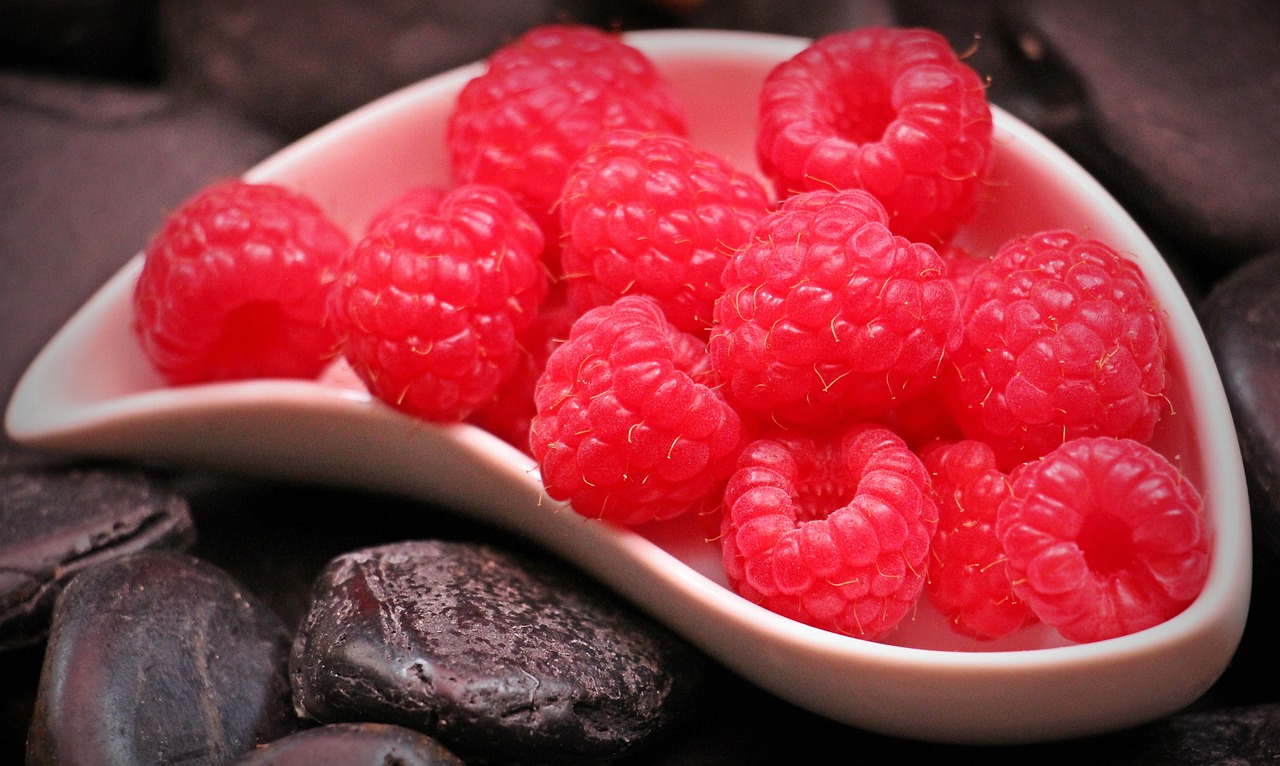
Changing Consumer Perceptions
Changing consumer perceptions about eating insects is a crucial step towards mainstream acceptance of entomophagy. Many people view insects as pests rather than a viable food source. However, this perception can be transformed through education and exposure. Just like how sushi was once considered exotic and unappealing in many Western cultures, insects can be rebranded as gourmet delicacies. It’s all about changing the narrative.
One effective way to shift public opinion is through culinary innovation. Chefs and food enthusiasts can experiment with insect-based dishes, showcasing their versatility and flavor. Imagine a delicious cricket taco or a protein-packed mealworm burger! By presenting insects in a palatable and appealing manner, we can help people see them as a sustainable and healthy alternative.
Additionally, education plays a vital role. Informing consumers about the environmental benefits of insect consumption can make a significant impact. For instance, did you know that raising insects generates far fewer greenhouse gases compared to traditional livestock? This information can be shared through various channels such as social media, cooking shows, and community workshops. The more people know about the benefits, the more likely they are to embrace insects as part of their diet.
Furthermore, marketing strategies can be adapted to make insect products more appealing. Packaging that highlights the nutritional benefits and environmental advantages can attract health-conscious consumers. For example, consider a label that reads: “Packed with protein, low on environmental impact!” This kind of messaging can resonate with those looking to make healthier and more sustainable choices.
Lastly, we must address the cultural barriers that exist. In many cultures, insects are already a staple food, but in others, they are viewed with skepticism or disgust. To bridge this gap, we can promote cross-cultural culinary exchanges, allowing people to experience insect-based dishes from cultures where they are commonly consumed. This exposure can demystify the idea of eating insects and encourage acceptance.
In summary, transforming consumer perceptions about eating insects requires a multi-faceted approach involving culinary creativity, education, effective marketing, and cultural exchange. By tackling these areas, we can pave the way for a future where insects are not just tolerated but celebrated as a delicious and sustainable food source.
- Are insects safe to eat? Yes, insects are safe to eat when sourced from reputable suppliers and prepared properly.
- What are the health benefits of eating insects? Insects are high in protein, vitamins, and minerals, making them a nutritious food option.
- How do insects compare to traditional meat sources? Insects require less land, water, and feed to produce, making them a more sustainable protein source.
- Can I find insect-based products in stores? Yes, many health food stores and online retailers offer a variety of insect-based snacks and protein powders.
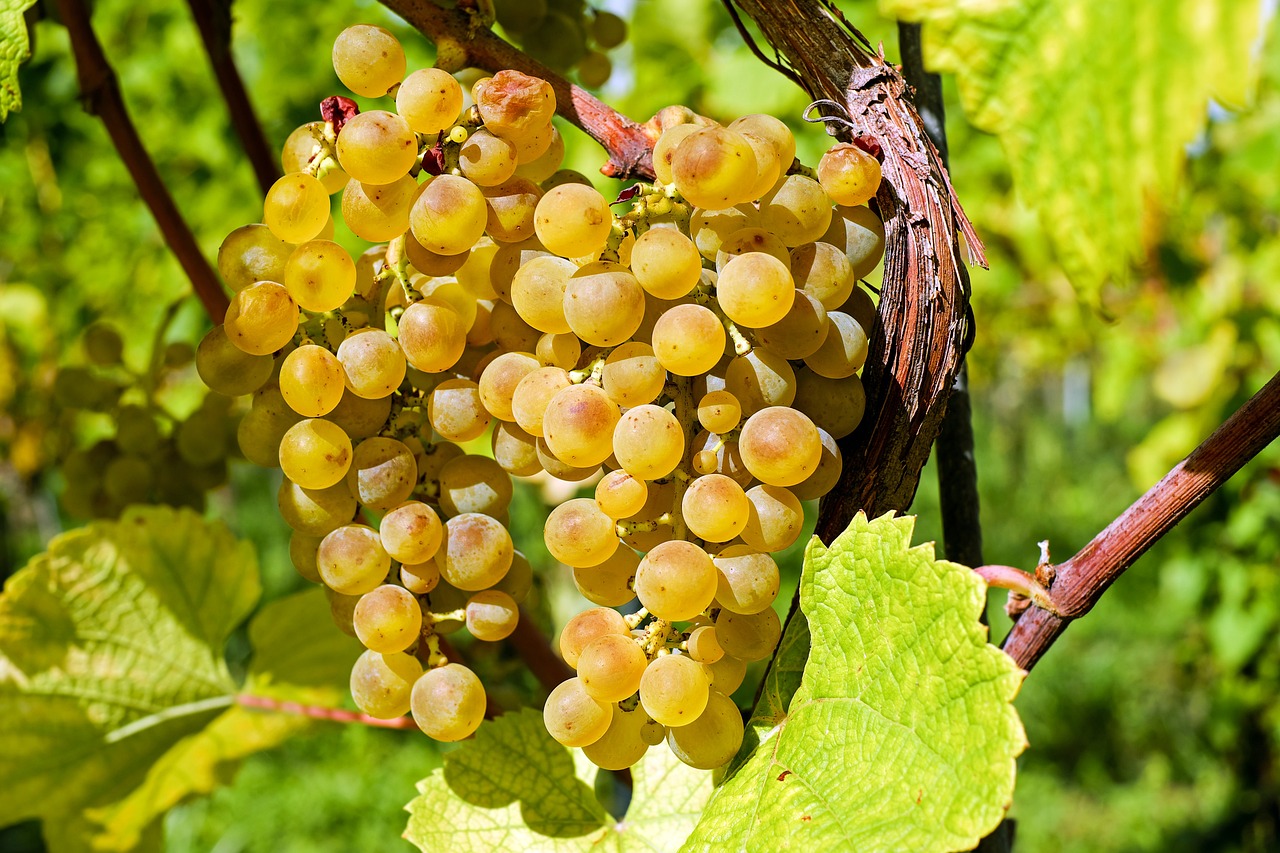
Regulatory and Safety Concerns
As we delve deeper into the world of entomophagy, or the practice of eating insects, we inevitably encounter a myriad of . These issues are critical to address, especially as the popularity of insect consumption grows. The first hurdle is the establishment of clear regulations that govern the production, processing, and sale of edible insects. Currently, different countries have varying degrees of acceptance and regulation surrounding insect farming. For instance, in the European Union, insects are classified as novel foods, which means they must undergo rigorous safety assessments before they can be marketed. This is crucial because, without proper regulations, consumers may face health risks associated with contaminated or improperly processed products.
Moreover, the safety standards for insect farming must be stringent. Just like traditional livestock, insects can carry pathogens that pose a risk to human health. It’s vital that farmers adhere to strict hygiene practices to minimize these risks. The World Health Organization (WHO) has emphasized the importance of safe insect farming and consumption, highlighting that thorough cooking and proper handling can significantly reduce health risks. However, the lack of standardized practices across different regions can lead to inconsistencies in safety measures.
Another concern revolves around the potential allergens that insects may introduce into our diets. Some individuals may have allergies to shellfish, and certain edible insects, like crickets, are closely related to them. This means that there is a possibility that those with shellfish allergies could also react negatively to insect consumption. Therefore, it is essential for regulatory bodies to provide clear labeling on insect-based products, ensuring that consumers are well-informed about potential allergens.
In addition to health risks, there are also environmental regulations that need to be taken into account. Insect farming is generally considered more sustainable than traditional livestock farming, but it is not without its environmental footprint. Issues such as waste management and the use of land and water resources must be regulated to ensure that insect farming remains a viable and eco-friendly alternative. For instance, farms must implement strategies that minimize waste and reduce the environmental impact of insect production.
To further illustrate these regulatory and safety concerns, let’s take a look at the following table that summarizes key aspects:
| Aspect | Details |
|---|---|
| Regulation Status | Varies by country; EU requires novel food assessments |
| Health Risks | Pathogens, contamination, and allergens |
| Safety Standards | Need for strict hygiene and handling practices |
| Environmental Impact | Waste management and resource use regulations |
In conclusion, while the potential benefits of incorporating insects into our diets are numerous, addressing these regulatory and safety concerns is paramount. As consumers, it’s essential to stay informed and advocate for robust regulations that ensure the safety and sustainability of insect-based foods. Only through a concerted effort can we pave the way for a future where entomophagy is widely accepted and practiced without compromising health or the environment.
- Are insects safe to eat? Yes, when properly sourced and prepared, insects can be safe to eat. It's important to purchase from reputable suppliers.
- What regulations exist for edible insects? Regulations vary by country, with some requiring safety assessments before insects can be sold as food.
- Can eating insects cause allergies? Yes, individuals with shellfish allergies may also react to certain edible insects. It's crucial to check for allergens.
- How can I find safe insect products? Look for products that are labeled and sourced from certified insect farms that adhere to food safety standards.
Frequently Asked Questions
- What are the environmental benefits of eating insects?
Eating insects, or entomophagy, is a game-changer for the environment! Insects require significantly less land, water, and feed compared to traditional livestock. They also produce fewer greenhouse gases, making them a sustainable protein source that can help combat climate change. Imagine replacing a hefty cow with a tiny cricket—it's a win for our planet!
- How do insects compare nutritionally to traditional meats?
Insects pack a nutritional punch! They are rich in protein, vitamins, and minerals. In fact, many edible insects provide a comparable or even superior protein content to conventional meats. Plus, they contain essential amino acids that our bodies need but can't produce on their own. It's like nature's multivitamin!
- Can insect farming help reduce food waste?
Absolutely! Insects can be fed organic waste, transforming it into high-quality protein. This process not only reduces food waste but also creates a circular economy in food production. Think of it as recycling, but for your dinner plate!
- What are the challenges in accepting insects as food?
While entomophagy is embraced in many cultures, it faces hurdles elsewhere, mainly due to cultural perceptions and a lack of awareness. Changing consumer attitudes is crucial for acceptance. It's like introducing a new dish at a dinner party—some may be hesitant at first, but with a little encouragement, they might just love it!
- Are there safety concerns with eating insects?
Regulatory frameworks and safety standards are vital for insect consumption. Ensuring that insects are farmed and processed safely is crucial. Just like with any food product, it's essential to know where your food comes from and how it's handled. Safety first, folks!
- How can urban areas benefit from insect farming?
Urban farming of insects can promote local food sources and reduce the carbon footprint associated with food transportation. Imagine growing your protein source right in your backyard or on your rooftop! It's a fresh and innovative way to contribute to a sustainable food system.



















